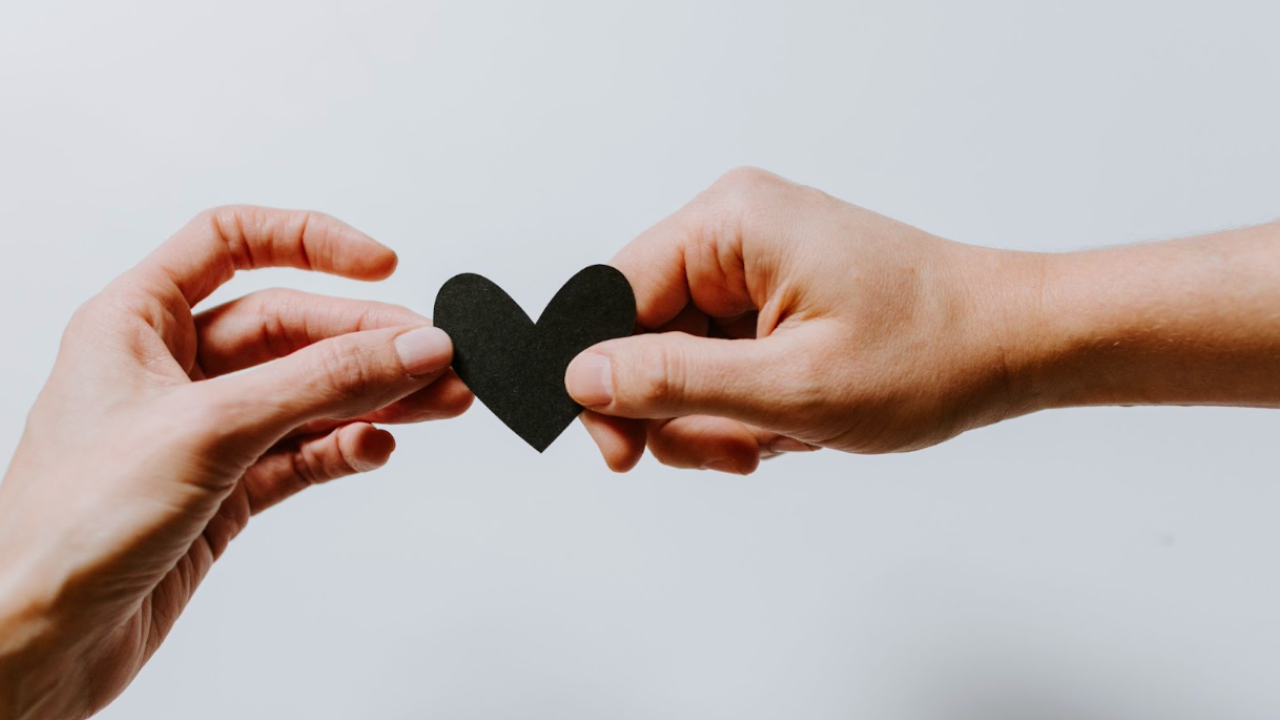The Big "O" - Becoming Empowered Through Knowledge and Communication
Apr 13, 2023
If you were curious… you guessed right! This blog is to open up conversation and think about the orgasm. There is a lot of misinformation out there about the vulva, vagina, and pleasure... and oftentimes female sexual health is not a main focus. Usually media ads are about cleansing the “dirtiness” of the vulva and prepping for your partner, and media and society are not about feeling empowered about owning your vulva or actually understanding your vulva. The goal of this blog is to start to demystify the female orgasm and promote sexual health/awareness.
Anatomy
Let’s do a quick dive into anatomy. Firstly, the vagina and vulva are two different things. The vagina is a muscle cavity/canal that goes from the uterus to the vaginal opening. The vulva is the external genitalia and includes the labia majora, minora, vaginal opening and clitoris.
Did you know while bodies are developing in the fetus the tissue that makes the penis for the male makes the clitoris for the female? What does this mean? It means that the clitoris is similar to the penis… it needs stimulation to assist with the orgasm. Hollywood usually only shows penetration for female pleasure… but let’s be clear that the vagina does not have a lot of nerve endings. Did you know the clitoris has around 8,000 nerve endings? Let that sink in. The clitoris actually engorges and increases in size during stimulation! It plays a VERY important role in your satisfaction.
 Function
Function
Let’s chat about the sexual response of the female. At rest there is decreased blood supply to the pelvic floor muscles and genitals. With excitement there is an increase in blood flow, and relaxation of muscle tissue and the pelvic floor muscles will expand. Neurologically the whole body starts to become more sensitive (think genitals, breast, neck, etc). During orgasm the pelvic floor muscles contract and relax 3 to 15 times! It’s important to have a good understanding of the range of motion of your pelvic floor muscles. Why? Because within the act of intercourse your pelvic floor muscles lengthen to allow for painless penetration and tighten to assist with increased sensation and stimulation. (Did you know your pelvic floor muscles attach to the clitoris??)
What do orgasms feel like… did I miss it?
There are four phases to the orgasm.
- Arousal: Increased heart rate, increased blood flow to genitals and pelvic floor, increased sensitivity of erogenous zones.
- Plateau: Increase or maintenance of the sensitivity of the clitoris (may need assistance with use or reuse of lubrication).
- Orgasm: A spasm and then release of tension in the pelvic floor or body, a sensation of euphoria, suddenly feeling sleepy.
- Resolution: Body returns to pre-aroused state.
No two orgasms are the same. There are different types and different experiences. If you are unsure if you had an orgasm some telling signs are sensitivity of the clitoris, you feel a release of tension, or you feel sleepy.
By better understanding and learning about your body, you can improve your ability to communicate needs, desires, and decrease the fear or shame about owning a vulva. Most vulva owners have not been taught or understand how to advocate for their own sexual pleasure. Honestly, a lot of us haven’t even looked at our own vulva. In a study completed by Herbenick et al, women who fake orgasms were likely to report they WANT to communicate with their partners but they did not want to hurt their partners feelings, were embarrassed, or did not feel comfortable going into detail.
If we can start to unpack and understand anatomy and how an orgasm occurs, we can start to improve our ability to communicate and improve sexual health. If you are in the Columbus or Atlanta area and are curious and want to learn more about your pelvic floor, have decreased sensation with intimacy, or if you experience pain/fear of penetration, then we can help you!
Thanks for reading!
Herbenick, D., Eastman-Mueller, H., Fu, T.C., Dodge, B., Ponander, K., & Sanders, S.A. (2019). Women's sexual satisfaction, communication, and reasons for (no longer) faking orgasm: Findings from a U.S. probability sample. Archives of Sexual Behavior, 48(8), 2461-2472. PMID: 31502071
Let us help you figure out to live your best active life today!
Remember, Movement is Medicine!

